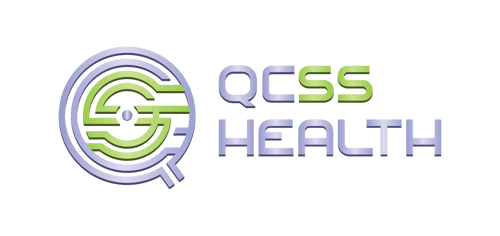In the swiftly evolving healthcare technology landscape, Managed Long-Term Services and Supports (MLTSS) clinical operations teams are rethinking how to deliver better, more effective patient care. This influx of technology and digital innovation can be leveraged to build new strategies to solve the big challenges in delivering effective care: balancing person-centered care with finite resources and administrative burdens.
Yet, introducing new tech isn't a quick fix. It's unrealistic to expect teams to adapt without proper training and support. Clinicians lack time and expertise to navigate new approaches within their existing roles. They're dedicated to patients, but mastering new technology isn’t always simple, even if it helps significantly reduce burnout and gives them more time to do what they love – taking care of patients.
Let’s breakdown these challenges and explore efficient ways to align teams and workflows.
Understanding the Core Challenge
Juggling patient needs with resource availability creates a significant challenge. Effective utilization management becomes pivotal to address this issue, ensuring the efficient allocation of resources and services. However, imbalances lead to inequitable care delivery. The fallout? An overburdened clinical team grappling with administrative strain, increased burnout, and the need for manual rectification of these issues.
Root Causes: Identifying the Obstacles
Several factors contribute to this imbalance: Misaligned assessments, inefficient care planning, under-utilized data, and inadequate education and training. Small inaccuracies in patient assessments lead to major resource allocation errors over time. Without coordinated, personalized care plans, effective service delivery is impeded and a lack of data-driven strategies can hinder evidence-based decision-making, and adherence to clinical guidelines. Additionally, without ongoing education and training, clinicians may struggle to adapt to new technologies and protocols.
Harnessing Technology: The Way Forward
A proactive approach, harnessing the power of the right technology and leveraging data-driven decisions, can overcome these obstacles. Here’s how:
- Assessments Alignments: Real-time identification of discrepancies ensures accurate patient assessments, leading to equitable resource allocation. This benefits patients and reduces the administrative load on teams.
- Precise Resource Allocation: By setting and enforcing boundaries across tasks and time, precise allocation of resources is ensured. This leads to improved patient outcomes and personalized care.
- Effective Data Utilization: Real-time data detects issues early, enabling timely interventions and patient safety through risk factor tracking, which optimizes the use and consistency of data collected. .
- Seamless Workflows: Technology should blend seamlessly into existing workflows, simplifying information imports and exports, reducing manual interventions and errors.
- Performance Monitoring and Quality Improvement: Regular tracking of performance metrics and continuous refinement of strategies are crucial for successful utilization management. Digital tools allow us to optimize patient care delivery based on data-driven insights.
Leading the Team Adoption
To successfully implement effective utilization management and leverage technology, consider the following actionable steps:
- Team Involvement: Collaborate for decisions, creating ownership and commitment to change.
- Clear Communication: Explain the “why” behind the technology change, clearly articulating the benefits to gain support.
- Comprehensive Training: Dedicate ample time and resources for training and adoption. Ensure each team member is comfortable using new technology before requiring it as part of their daily routine.
- Ongoing Support: Regular check-ins with team members during the transition are essential. Welcome feedback, address concerns, and provide support as needed.
- Recognize Efforts: Celebrate team members who quickly adapt to changes. Their success stories can motivate others, creating a ripple effect of positive change.
- Establish Performance Metrics: Establish performance metrics and benchmarks to regularly evaluate the effectiveness of your utilization management strategies.
- Emphasize Data-Driven Decision-Making: Encourage using data for decisions by leveraging analytics and real-time patient data. This approach enables proactive and personalized care, leading to better patient outcomes.
- Collaborate with Technology Partners: Work closely with technology partners who understand the unique challenges and requirements of MLTSS clinical operations.
By following these steps, you can lead your team towards a more efficient, patient-centric, and technology-driven approach to utilization management. Embracing change and providing the necessary support for your clinical teams to thrive in this digital era of healthcare will lead to transformative improvements in patient care and clinician workflows.
Learn how QCSS Health can enhance your team's patient care.

